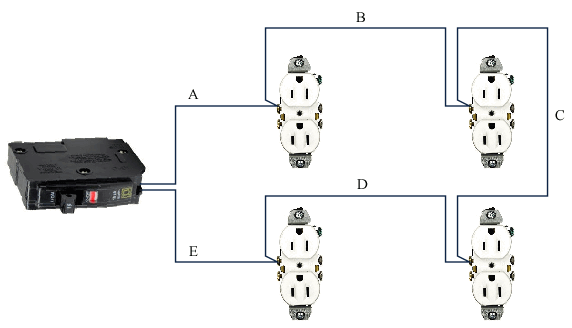The way I see it is we are just changing the circuit.If we couldn't do that
we wouldn't be Electricians.
Wiring methods would be making sure you used White or Gray as a neutral
or grounded conductor, Bare,green for grounding conductor
and Black, red and blue Etc for hots.
Rather its a parallel circuit or not is undecided.
Just my assumption and everyone has one.
Ronald
we wouldn't be Electricians.
Wiring methods would be making sure you used White or Gray as a neutral
or grounded conductor, Bare,green for grounding conductor
and Black, red and blue Etc for hots.
Rather its a parallel circuit or not is undecided.
Just my assumption and everyone has one.
Ronald



